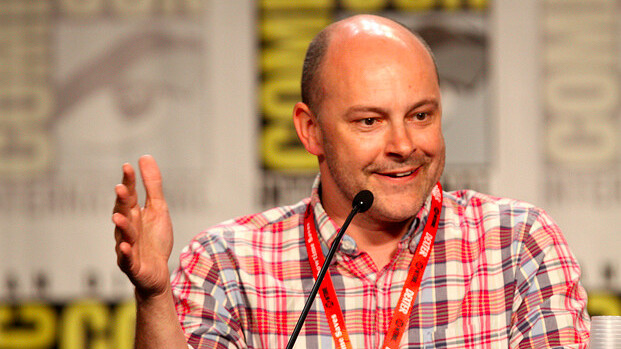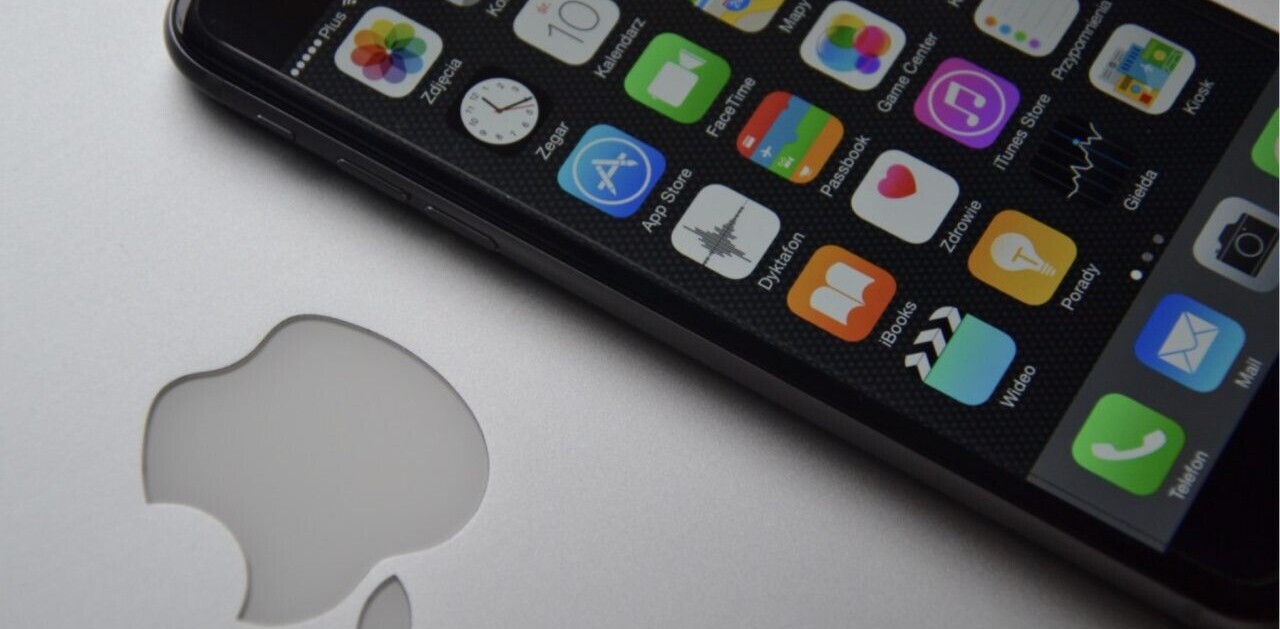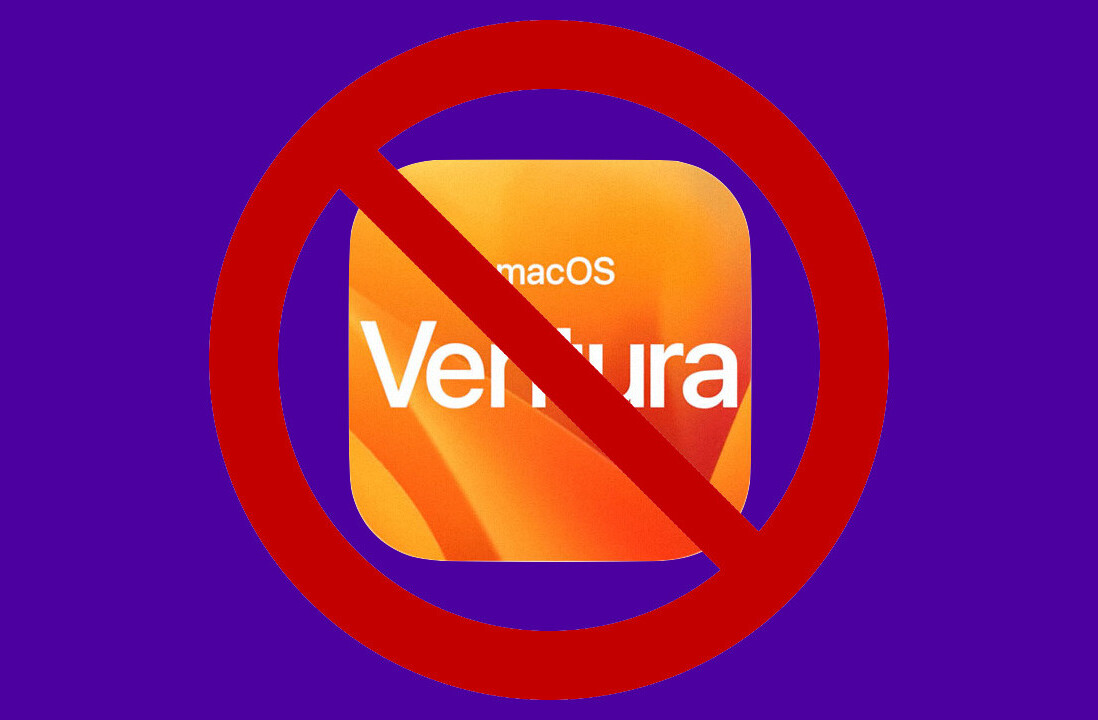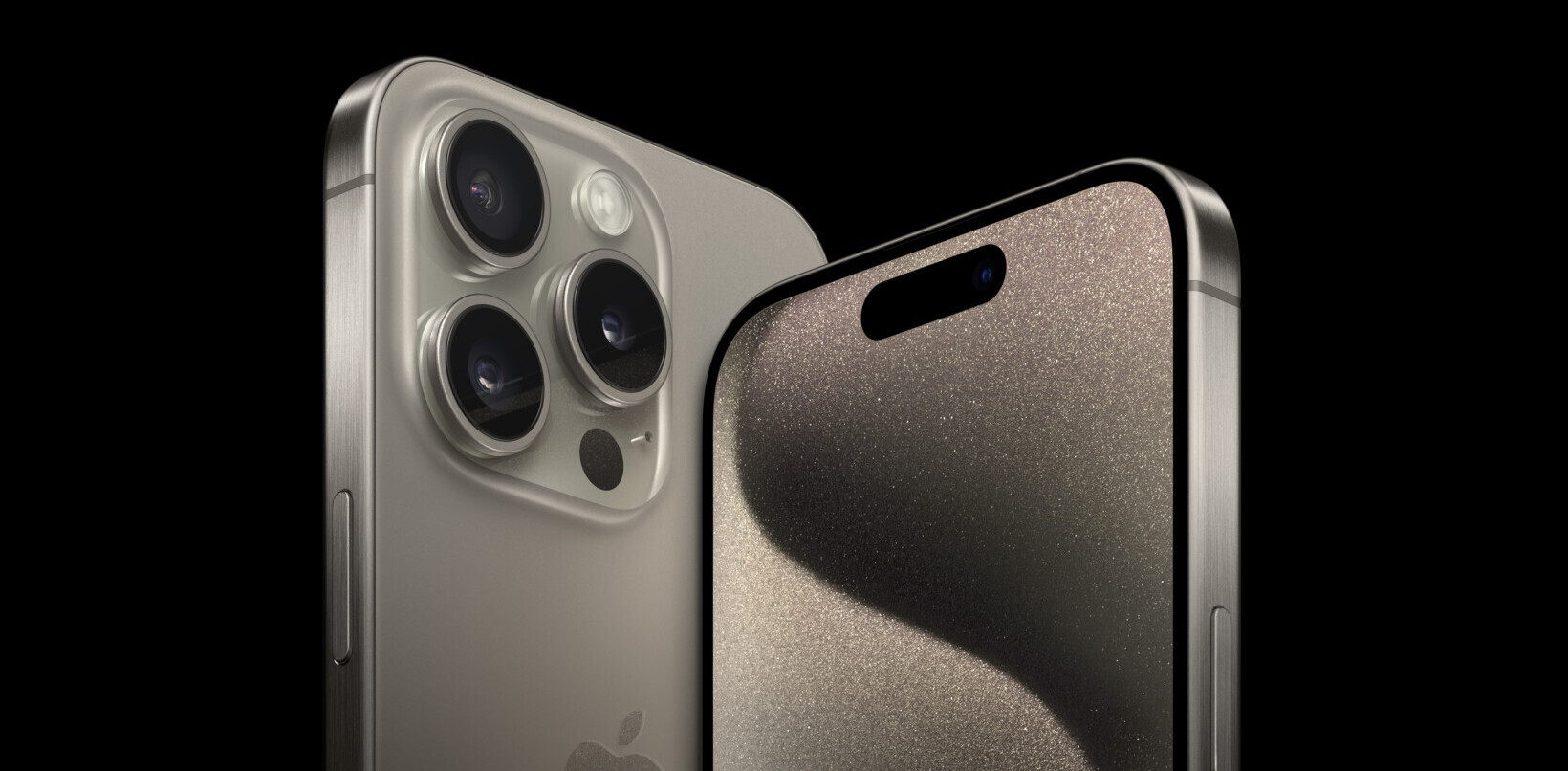
In 2007, comedian and actor Rob Corddry left his full-time gig as the funniest correspondent to grace The Daily Show, uprooted his family and dragged them out to Los Angles, a move that he had known was a long time coming. He was there to film a new TV show and was ready to get to work.
Six episodes later, the show was canceled and Corddry was left to his own devices, with no plans and the 2007 writer’s strike cutting a swath through any potential products in the pipeline.
So Corddry decided to do something a bit out of the ordinary for someone in an industry that only rewards constant exposure: he took a year off to figure out how to work more productively.
Corddry, a self-confessed Mac nerd, was at Macworld 2012, participating in a live Mac Power User Podcast panel with productivity philosophizer Merlin Mann. during the panel he talked a bit about his workflow, what Mac apps he uses and how taking the time to learn to be productive led to the success he’s had with his hilarious new show Children’s Hospital.
Corddry says that his love of the Mac as a platform started on a Mac Classic where he had his first awakening when it came to how great the Mac OS GUI made using a computer. “I was a ‘command prompt’ user,” said Corddry, “but when I first saw that I could drag this icon over to replace that one…I was like, this is great!”
In the 8 or so months that he spent to re-think the way that he was working Corddry’s love of Macs served him well as he really began learning and using a variety of productivity tools in an earnest way. Merlin Mann says that Corddy’s time was well spent because instead of just ‘learning tools’ “he actually spent that year getting productive.”
Corddry is a big fan of Omni Labs’ Omnifocus, which he uses on the Mac to plug in everything that he says he “doesn’t want to have to remember later.” A granular attention to detail when entering tasks and reminders into the tool when beginning a project has served him well due to the hectic nature of a TV production once it actually gets rolling.
Being thorough about setting up the projects ahead of time makes it easier to trust that anything that needs to be done will be surfaced by the software while he can concentrate on the broader and more timely issues he faces during production.
Another tool that Corddry says is invaluable is PearNote, an app for the Mac that records a full audio stream that tracks along with written notes during the sometimes 3-hour long pitch meetings. You can reference a transcript of the meeting’s notes and click on a line or word and hear the audio recorded at that moment in order to get context. This replaces a person taking the minutes at a meeting and someone taking written notes, allowing these to be combined in an easily referential way.
Google Docs is also a huge part of the show’s collaboration framework, with notes given by Corddry added in his trademark dark blue color. Many of his common notes are preset in TextExpander so that frequently used phrases like “Lets take the air out of…” can be entered in just one or two keystrokes.
The actor didn’t have much nice to say about the screenwriting tool Final Draft, calling it “buggy, ugly and not very intuitive,” adding, “some things just don’t work.”
He said that he has thought about “going to the company and just talking to the developers to ask them what their plans are for the product. It’s just so crufty, instead of features being rebuilt, it’s just band aids being added on top.”
Of much interest to Corddry was the fact that developer Brett Terpstra Jonathan Poritsky, Stu Maschwitz andMartin Vilcans on bringing Stu’s Screenplay Markdown proposal to his popular Markdown editor Marked. Terpstra announced, in a quick back-and-forth with Corddry that they were also working on getting a Markdown exporter working for Final Draft.
As far as iOS goes, Corddry says that he mostly uses the companion apps to his favorite Mac productivity software, although he does use Notesy on the iPhone. He also said that the iPhone and iPad, for him, were mostly ways to have fun rather than work. He mentioned reading on the iPad with Instapaper as one of the ways that he winds down.
“It’s taught me how to work and just made me a clearer thinker,” Corddry said of his foray into Mac productivity software and the entire process of getting more productive. He said that Children’s Hospital—originally aired as a web series and now in ongoing and increasingly brilliant seasons at Adult Swim—would absolutely not exist today if he hadn’t taken the time to “learn how to work.”
Mann backed up his statement with a comment about finding the right productive process for you specifically, which doesn’t always mean something incredibly involved, “get something that is just enough scaffolding to let you build the building. That way you don’t have to think about ‘walking and chewing’.”
Corddry also waxed enthusiastic about Mac developers making cool stuff, often times in small teams and for very specific purposes. “I come here as a layperson who uses many of the tools that you have made and continue to make,” he said, “I get a lot of creative gas from listening to Merlin and Dan Benjamin talk about coders and the way that they work. These are the kind of people that excite me right now, not other comedy writers. It’s people that like work and like making things and getting things done.”
When asked for advice for those looking to be productive, Corddry said “Be comfortable with not being satisfied. If you are a true creator then use that to drive yourself along.”
Get the TNW newsletter
Get the most important tech news in your inbox each week.





